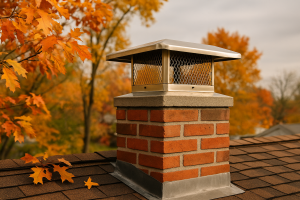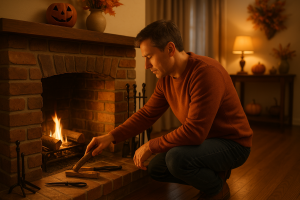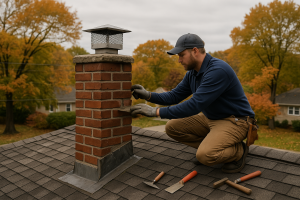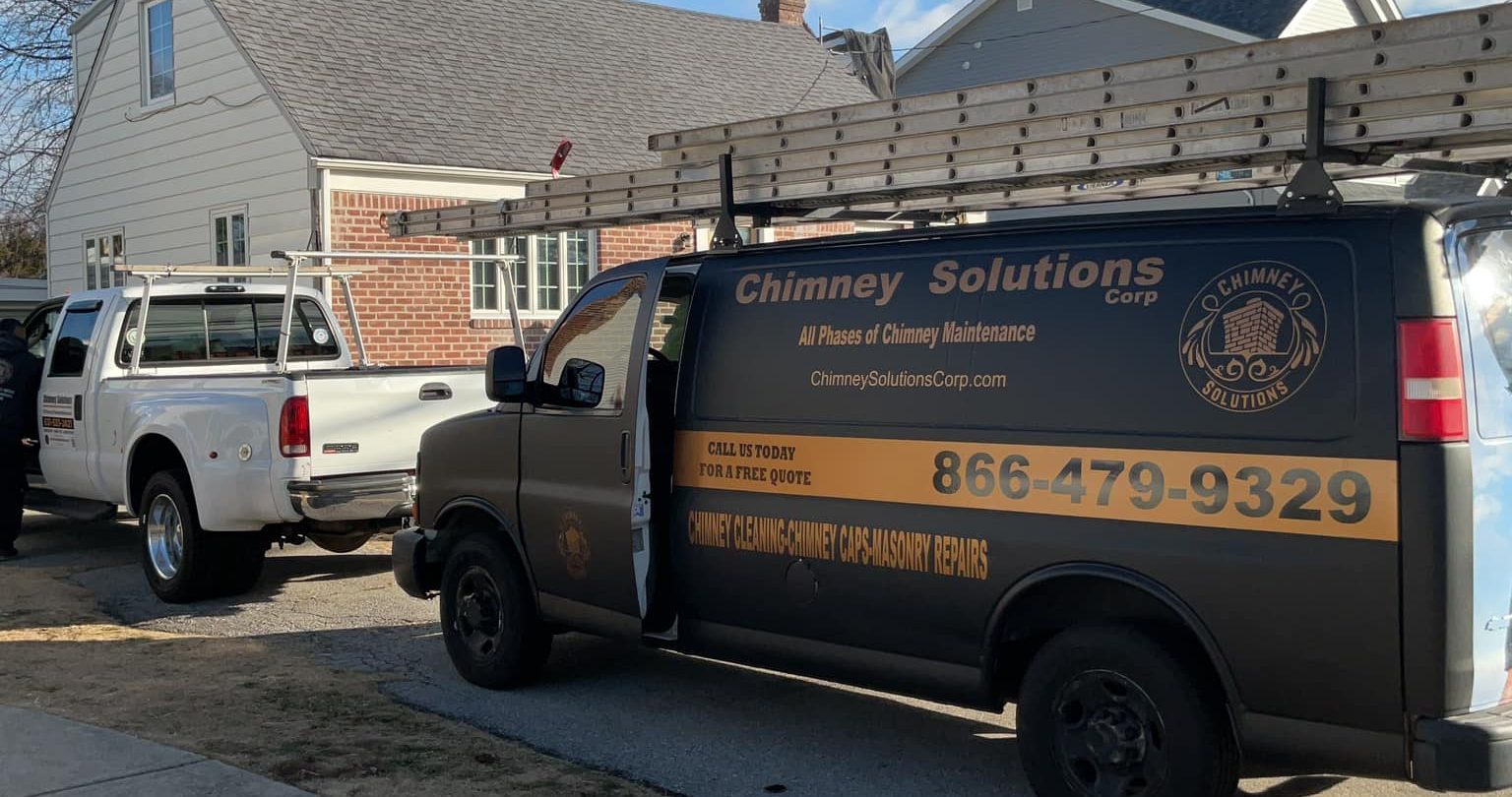A properly functioning chimney plays a vital role in maintaining a safe, warm, and energy-efficient fireplace. But when chimney draft issues arise, the effects can be more than just inconvenient—they can be dangerous. A poor draft can lead to cold fireplace drafts, smoke lingering indoors, carbon monoxide poisoning, and increased risk of chimney fires. Understanding the causes behind chimney draft failures and how to fix them is essential for any homeowner seeking a more efficient fireplace and a safer home environment. In this article, we’ll explore the most common chimney draft issues, what they mean, and how to resolve them effectively.
Understanding Chimney Draft
Chimney draft refers to the upward flow of smoke, combustion gases, and air from the fireplace or appliance through the chimney flue and out into the open air. This movement is driven by the basic principle that hot air rises. When this draft operates efficiently, it ensures that smoke and harmful gases are safely removed, preventing backflow into the living space. A strong draft not only protects indoor air quality but also enhances fireplace performance. However, multiple factors such as chimney height, outdoor temperatures, and improper sizing can affect this airflow, leading to common chimney draft problems.
Improper Chimney Sizing
One of the most overlooked causes of poor draft performance is improper chimney sizing. The rule of thumb is that a chimney flue should be properly sized relative to the fireplace or appliance it serves. If the flue is too large, smoke may rise too slowly, allowing it to cool and lose momentum. Conversely, a flue that is too narrow can restrict airflow, resulting in a smoking fireplace or backdraft. The chimney’s height also matters. A taller chimney typically supports a stronger draft because it increases the temperature difference between indoor and outdoor air, creating more upward pull.
Blockages in the Chimney
Blockages are a frequent culprit behind chimney draft failures. These obstructions can include bird nests, bits of debris, creosote buildup, or soot layers. Even balls of newspaper used for lighting fires can become stuck in the chimney if airflow is inadequate. A blocked flue restricts air flow and can cause combustion gases to spill back into the home. In more serious cases, blockages can lead to carbon monoxide buildup—a dangerous, odorless gas that poses major health risks. Routine chimney sweeping and regular inspections by certified professionals help eliminate these issues before they escalate into costly repairs or safety hazards.
Cold Flue Temperatures
Cold chimney syndrome is another common issue that affects draft efficiency. When the flue is cold—especially during the first fire of the season or in uninsulated chimneys—it can prevent hot air from rising efficiently. Instead, the warm air meets resistance, leading to smoke entering the home or failing to vent properly. Cold temperatures outside can further intensify the problem, particularly in homes with masonry chimneys or unlined flues. Insulating the flue or using a top-sealing damper can help retain warmth and promote proper chimney updraft, especially during colder months.
Negative Air Pressure in the Home
Modern homes are often built airtight to improve energy efficiency, but this can create negative pressure inside the home. When this occurs, the fireplace competes with other air-using appliances (like kitchen fans or dryers) for air intake. Negative pressure can reverse the direction of chimney airflow, causing smoke and harmful gases to be pulled into the living space rather than expelled. Adding an external air intake, ensuring proper ventilation, or slightly cracking a window during fireplace use can help balance air pressure and restore proper draft mechanics. The U.S. Department of Energy notes that modern airtight construction can restrict proper airflow, which may contribute to chimney draft issues if not properly ventilated.
Solutions for Chimney Draft Problems
Solving chimney draft problems requires a tailored approach depending on the root cause. For improperly sized chimneys, installing a stainless steel liner can reduce the flue diameter for more efficient airflow. For homes experiencing downdrafts from wind pressure, chimney caps or wind-resistant cowls act as effective barriers. Cold flues may benefit from top-sealing dampers or chimney insulation. In cases of airflow blockages or irregular smoke patterns, a thorough chimney cleaning by a certified chimney sweep is essential. These simple solutions can often restore performance without the need for major reconstruction.
Maintenance and Inspection Tips
Preventive measures and regular maintenance are your best defense against future chimney draft issues. An annual chimney inspection ensures that any structural issues, flue blockages, or ventilation problems are caught early. Professional chimney technicians are trained to detect subtle signs of damage that homeowners might miss—like loose bricks, minor cracks in the chimney crown, or early signs of moisture infiltration. Regular maintenance also includes checking the chimney damper for proper operation, verifying the structural integrity of the chimney walls, and confirming that the flue is clear of obstructions or buildup.
Safety Concerns Related to Draft Issues
Draft issues aren’t just about comfort—they’re a matter of safety. Poor ventilation can lead to the buildup of harmful gases like carbon monoxide, which poses a silent but deadly risk to anyone inside the home. Additionally, poor draft increases the chances of creosote buildup—a highly flammable substance that is one of the leading causes of chimney fires. A well-functioning chimney system with efficient airflow is critical in maintaining a safe environment. Regular maintenance and prompt attention to draft issues help reduce these safety risks significantly. Poor chimney draft can lead to carbon monoxide exposure; the Centers for Disease Control and Prevention outlines the symptoms and risks of carbon monoxide poisoning and emphasizes the importance of proper venting.
The Role of Weather Conditions
Weather conditions also play a surprising role in chimney draft efficiency. Wind-induced downdrafts during stormy days, extreme temperature differentials between indoor and outdoor environments, or even atmospheric pressure changes can all impact chimney performance. It’s important to monitor chimney behavior during seasonal changes and take preventive steps like installing draft-enhancing devices or making adjustments to usage routines. For example, burning dry wood and pre-warming the flue with a lit piece of newspaper can encourage upward airflow on chilly days.
When to Call a Professional
While some draft issues can be resolved with minor adjustments, many require professional attention. If you experience a smoking fireplace, strong odors, or visible signs of soot buildup, it’s time to contact a certified chimney repair company. A trained chimney technician can conduct a detailed inspection, assess the draft performance, and recommend cost-effective, long-lasting solutions. Whether it’s a structural issue with the masonry chimney or airflow imbalances due to negative pressure, experienced professionals have the tools and knowledge to restore your chimney to optimal performance.



